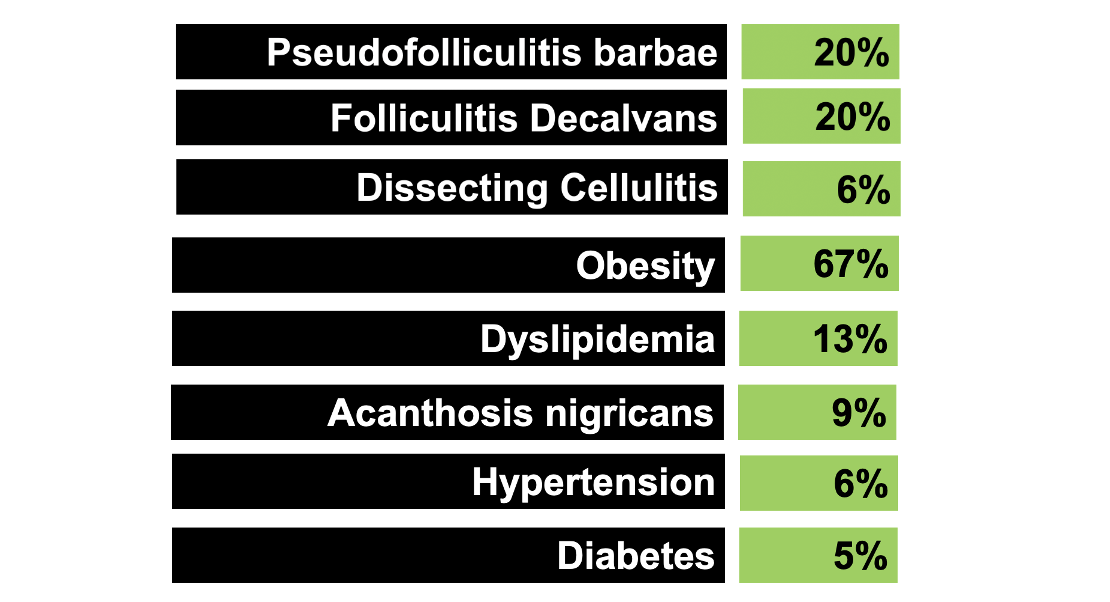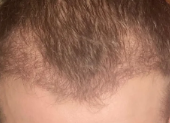Acne Keloidalis Nuchae: New Study Highlights Complexity of Disease
Acne keloidalis is a chronic scarring alopecia characterized by the development of papules, nodules, plaques and/or tumorous masses – typically starting in the lower occipital area of the scalp. The cause is not clear although trauma to the scalp is thought to play a role including close shaving, friction, heat and humidity.
Authors of a new study set out to perform a retrospective and multicentre international review of 79 patients with a confirmed diagnosis of AKN. Patients were from Spain, Australia and Italy.
Patients Characteristics & Predisposing Factors
The study included 79 patients (75 men and 4 women) with a median age at diagnosis of 35 years were included. 42% were Caucasian, 8% middle eastern, 20 % African, 12 % African American, 14% south American and 5 % Asian.
In terms of predisposing factors, 38% had straight hair, 25% have wavy hair and 38% had curly hair. In terms of prior triggers, prior use of a razor to the back of the scalp was noted in 41% of patients. 17% previously used a helmet.
Disease associations
18% were obese, 6% had high blood pressure, 13 % had high cholesterol, 5% had diabetes, 9% had acanthosis nigricans. 12% had keloids in other areas of the body (with median number being 3). 20 % had pseudofolliculitis barbae, 12 % hidradenitis, 14% acne conglobate, 1 % pilonidal sinus, 6% dissecting cellulitis, 20 % folliculitis decalvans.
Severity
In terms of severity, 59% of patients had discrete papules and nodules, 18 % had merged papules and nodules, 12 % had plaques and 12 % tumerous mass. In terms of severity according to height of involvement in the occipital region (Umar classification). 41 % were less than 3 cm, 33 % were 3-6.5 cm, 26 % were more than 6.5 cm and none were widespread .
Straight hair was associated with less than 3 cm distribution of the lesions and wavy hair was associated with 3–6.5 cm distribution.
Treatments
The authors described an incredibly large array of treatments that were used in attempt to treat the AKN. Intralesional steroids was the most performed treatment modality followed by oral retinoids and oral and topical antibiotics.
19% of patients had no improvement with treatment but a high proportion of patients did have improvement. 26% had mild improvement, 18% had moderate improvement and 37% had significant or complete improvement.
Patients with a less than 3 cm distribution of the lesions or with discrete papules and nodules had a greater probability of important or complete improvement after treatment in comparison to the more than 6 cm distribution of the lesions group and the patients with merged papules and nodules.

